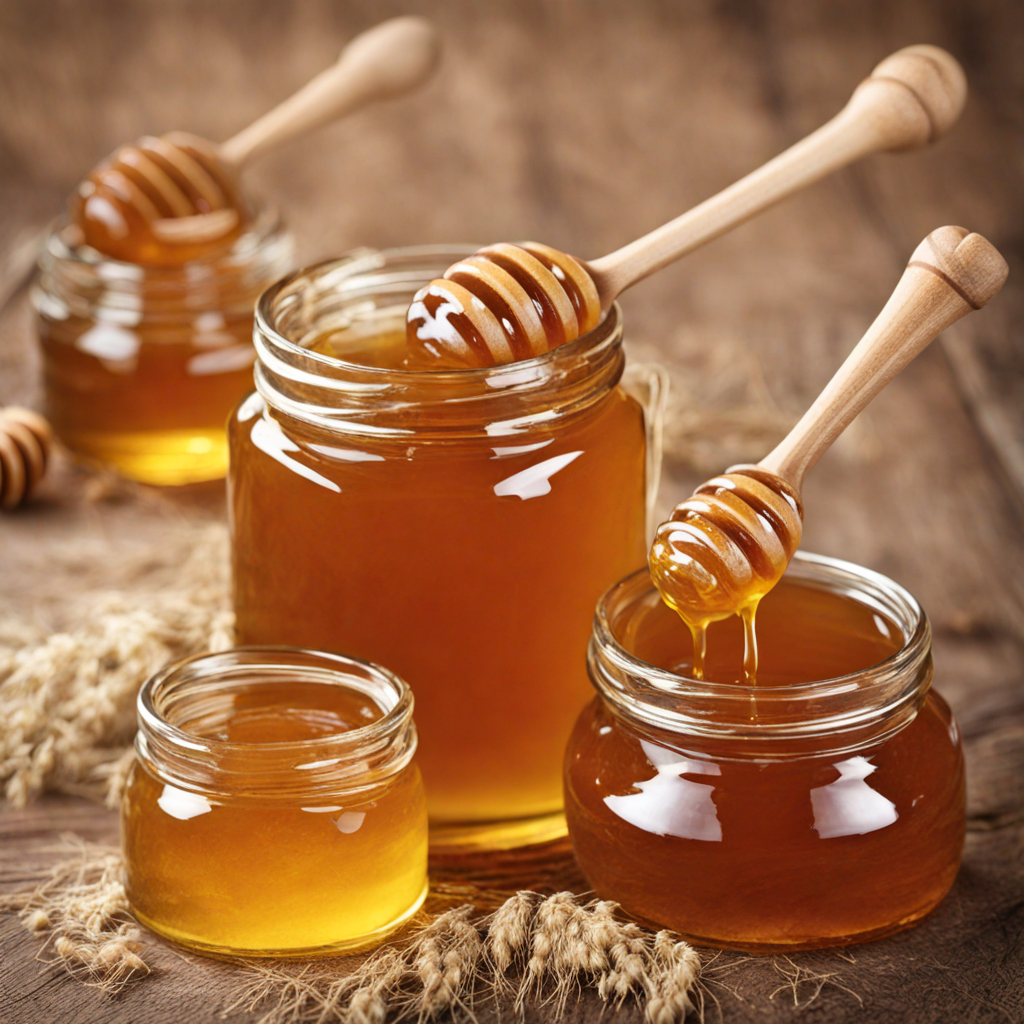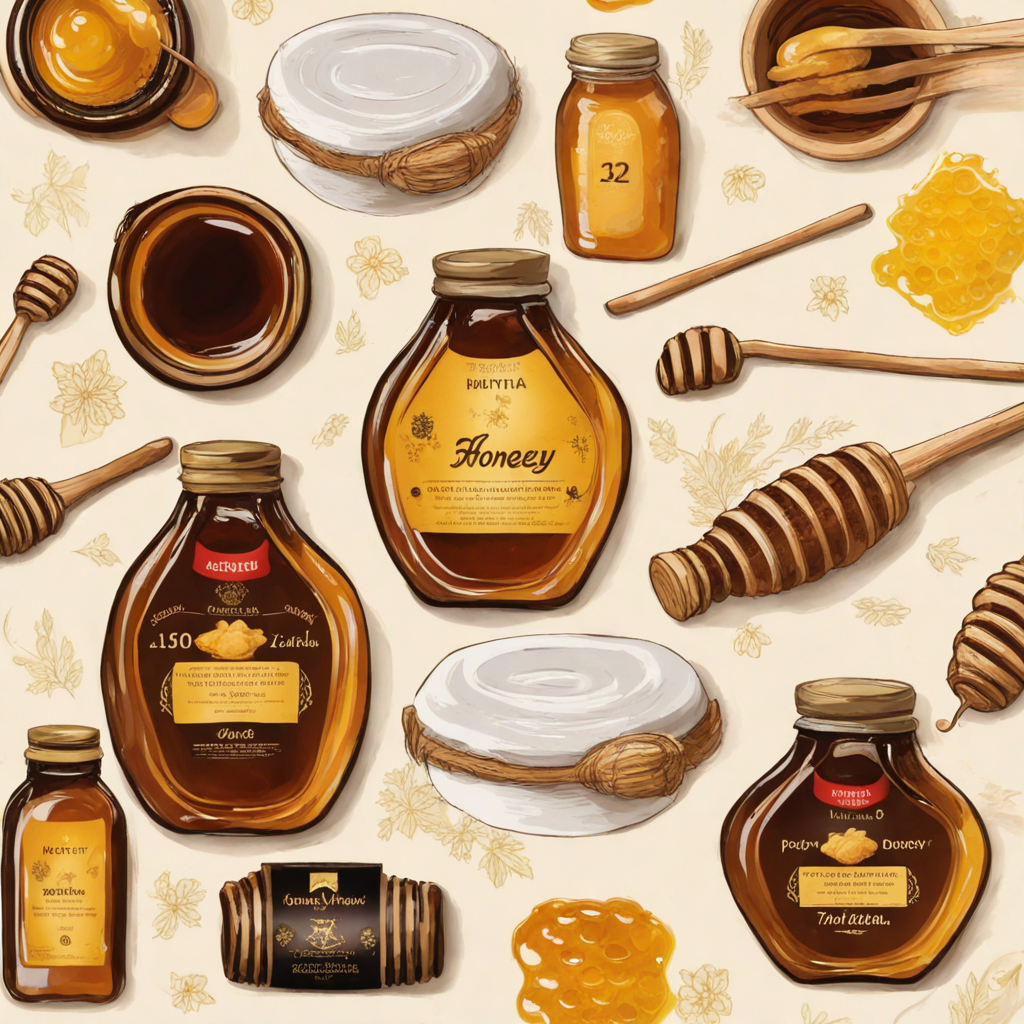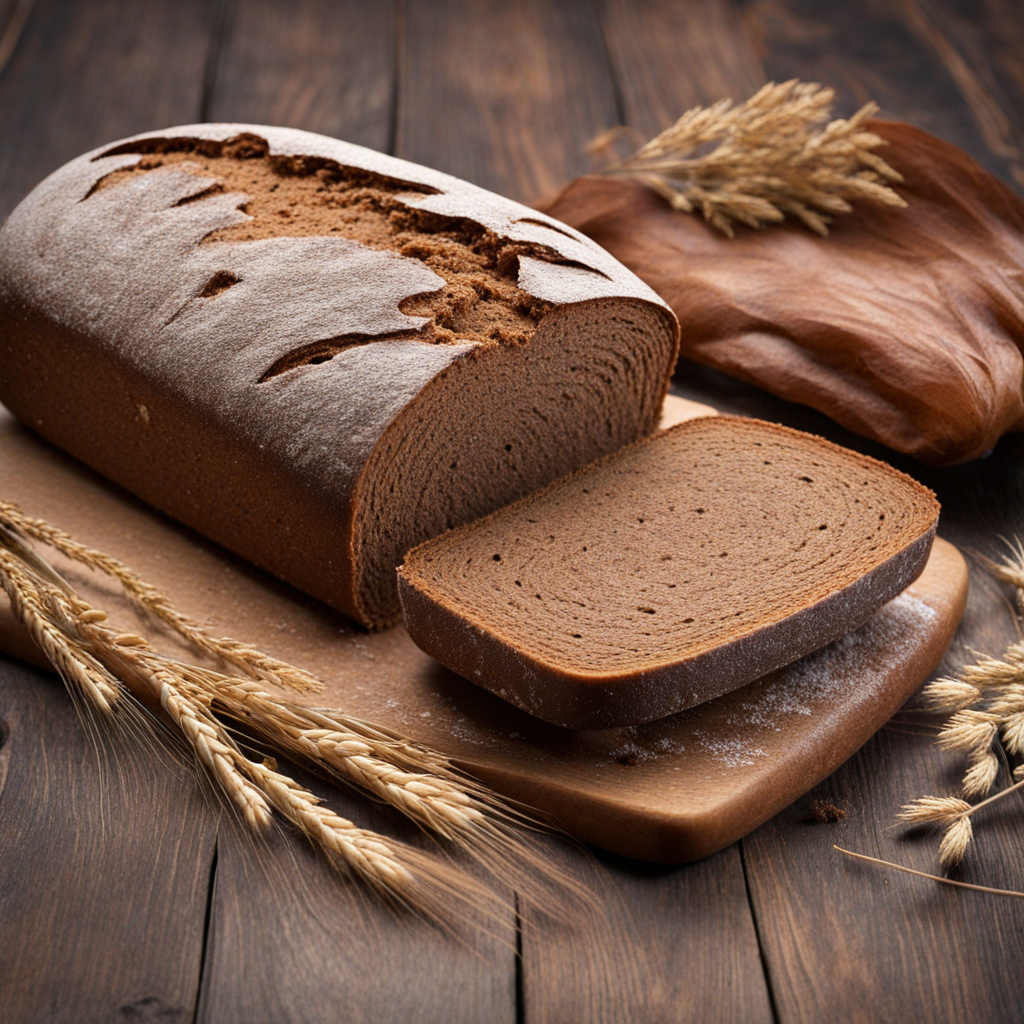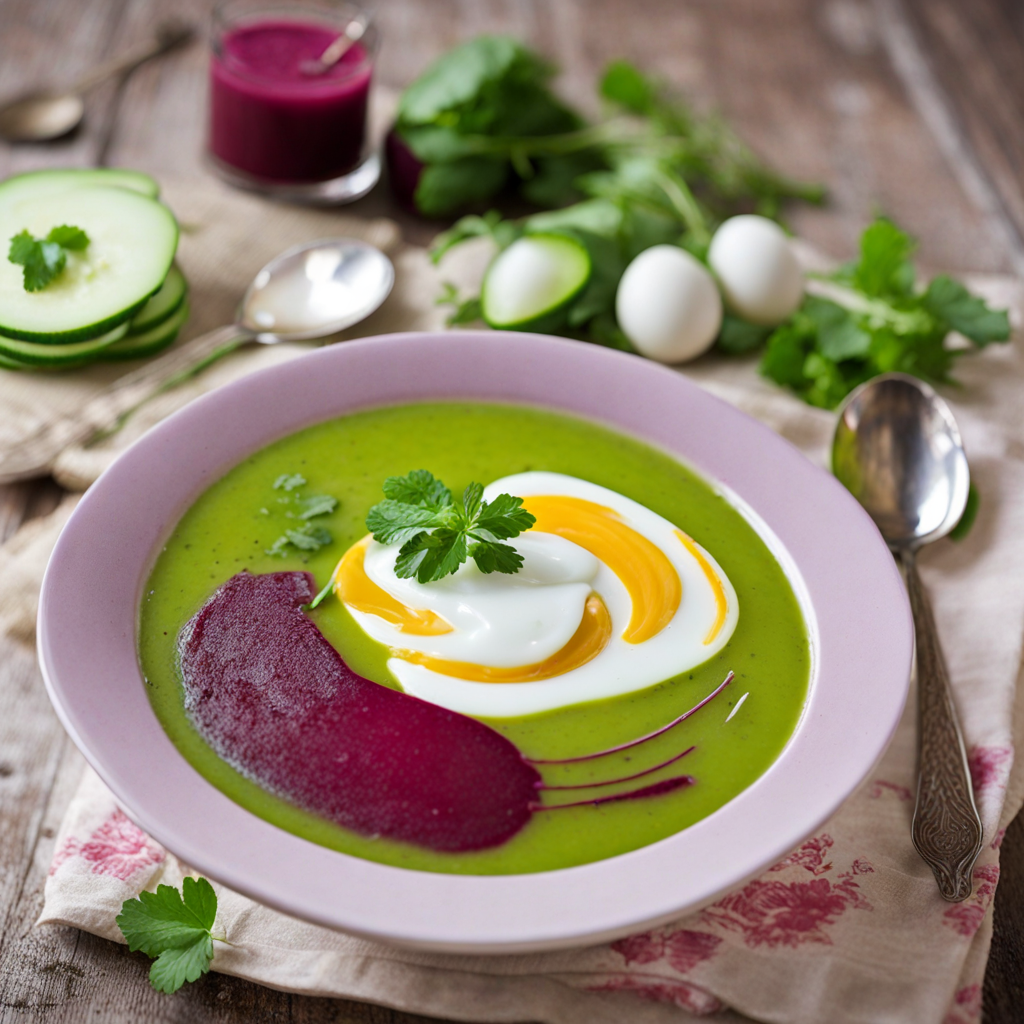Latvian Honey
Latviešu medus, or Latvian honey, is a quintessential product of Latvia, renowned for its unique flavors and rich history. The tradition of beekeeping in Latvia dates back centuries, with archaeological findings suggesting that honey was harvested as early as the 7th century. The country's diverse flora, characterized by vast forests, meadows, and wetlands, provides a fertile ground for bees to flourish, resulting in honey that reflects the natural landscape. The flavor profile of Latviešu medus is remarkably varied, influenced by the types of flowers and plants that bloom in different seasons. While some varieties are light and floral, others may be darker and more robust, with earthy undertones. Common floral sources include linden, buckwheat, and wildflower nectar. Linden honey, for instance, is famous for its delicate aroma and pleasant sweetness, while buckwheat honey has a bolder, maltier flavor that is often described as slightly tangy. This diversity makes Latvian honey not only a culinary delight but also a versatile ingredient in various dishes and beverages. Preparation of Latviešu medus is a labor-intensive process that reflects the deep respect Latvian beekeepers have for their craft. Traditional methods are often employed, with beekeepers tending to their hives in harmony with nature. The honey is usually harvested in late summer when the bees have gathered enough nectar, ensuring a rich and flavorful product. Once harvested, the honey is typically strained and bottled without extensive processing, preserving its
How It Became This Dish
Origin of Latviešu medus Latviešu medus, or Latvian honey, has a rich history that traces back to the ancient traditions of the Baltic region. Beekeeping in Latvia is believed to have begun over a thousand years ago, with references to honey production appearing in historical texts as early as the 12th century. The natural landscape of Latvia, characterized by its vast forests, meadows, and diverse flora, has provided an ideal environment for bees. The traditional practices of beekeeping were deeply intertwined with the agricultural calendar, with honey being harvested during the peak blooming periods of spring and summer. The indigenous peoples of Latvia recognized the importance of honey not only as a food source but also for its medicinal properties. Honey was used in various folk remedies, believed to cure ailments and enhance well-being. Local legends and folklore often depict bees as mystical creatures, and honey was considered a gift from the gods. This reverence for honey can be seen in traditional Latvian festivals where it plays a central role, particularly in celebrations like Jāņi, the summer solstice festival, where honey cakes and mead are enjoyed. Cultural Significance In Latvia, honey is more than just a sweetener; it is a symbol of cultural heritage and national identity. The country is known for its diverse types of honey, each with distinct flavors and characteristics, depending on the flowers from which the bees forage. Popular varieties include buckwheat honey, which is dark and robust, and linden honey, known for its light color and aromatic qualities. Each type reflects the unique biodiversity of the region and contributes to the rich tapestry of Latvian cuisine. Honey has also played an essential role in Latvian customs and traditions. It is often used in traditional dishes, such as an integral ingredient in the making of maizes zupa (bread soup) and sklandrausis (a type of rye pastry). Additionally, honey is a vital component in alus, the traditional Latvian beer, where it adds a complex sweetness and depth of flavor. During weddings and other significant life events, honey is often gifted as a symbol of prosperity, sweetness, and fertility, representing the hope for a bountiful future. Development Over Time As Latvia underwent various historical changes, including occupations and political transformations, the beekeeping practices and honey production also evolved. In the early 20th century, the establishment of cooperative beekeeping associations helped to standardize honey production methods and improve the quality of honey. This period saw an increase in the export of Latvian honey, especially to neighboring countries and beyond, as the demand for high-quality, natural products grew. The post-Soviet era marked a significant turning point in the Latvian honey industry. With the restoration of independence in 1990, there was a renewed interest in traditional crafts and local products. Beekeeping became a means of preserving cultural heritage, and many Latvians returned to small-scale, artisanal beekeeping practices. Today, many beekeepers focus on organic and sustainable practices, ensuring the health of bee populations and the environment. The development of local honey markets has also flourished, with farmers' markets and specialty shops showcasing Latvian honey products. The rise of eco-tourism in Latvia has enabled visitors to experience beekeeping firsthand, often through workshops and guided tours that educate about the importance of bees in the ecosystem. This has led to a growing appreciation for Latvian honey, attracting both locals and tourists alike. Modern Recognition and Challenges Latviešu medus has gained recognition internationally for its quality and unique flavors. Awards in various honey competitions highlight its prominence and the skill of Latvian beekeepers. Efforts to promote Latvian honey as a premium product are ongoing, with campaigns aimed at educating consumers about the health benefits of honey and the importance of supporting local producers. However, the beekeeping industry in Latvia faces challenges, particularly concerning environmental factors and bee health. Climate change, pesticide use, and habitat loss threaten bee populations, which are crucial for pollination and biodiversity. Latvian beekeepers have become increasingly aware of these issues and are actively engaging in practices that promote sustainable beekeeping. Furthermore, initiatives to safeguard traditional knowledge and practices associated with beekeeping are in place, ensuring that future generations understand the cultural and environmental significance of bees and honey. The Latvian government and various organizations are working together to promote biodiversity and protect natural habitats, which are vital for the survival of honeybees. Latvian Honey Today Today, Latviešu medus is celebrated not only for its taste but also for its story, representing centuries of tradition and cultural significance. The honey is often sold in jars adorned with beautiful labels that tell tales of the landscapes where the honey was harvested, the flowers that shaped its flavor, and the beekeepers who carefully cultivated it. Social media has played a role in elevating the profile of Latvian honey, with influencers and food enthusiasts sharing recipes and experiences that highlight its versatility. From drizzling honey over pancakes to incorporating it into gourmet dishes, Latviešu medus continues to inspire creativity in the kitchen. Moreover, honey festivals are held throughout Latvia, where artisans showcase their products, and visitors can taste a variety of honey types while learning about the art of beekeeping. These events foster community spirit and bring awareness to the importance of protecting pollinators. In conclusion, Latviešu medus stands as a testament to Latvia's rich cultural heritage and its deep connection to the natural world. As beekeepers and consumers become increasingly conscious of sustainability, the future of Latvian honey appears promising, ensuring that this sweet tradition will continue to thrive for generations to come.
You may like
Discover local flavors from Latvia







